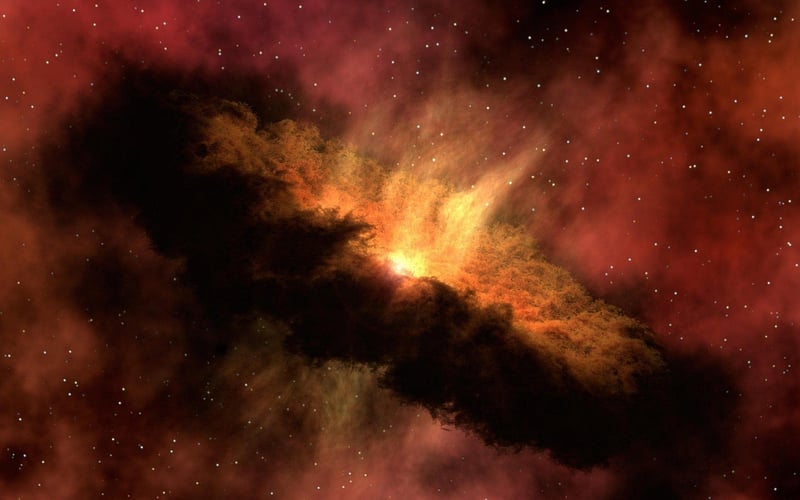Biosignatures Detection
The Search for Extraterrestrial Life: Understanding Biosignatures Detection
Humanity has long been fascinated by the possibility of life beyond Earth. Scientists have been actively researching and studying the cosmos to uncover evidence of extraterrestrial life. One of the key focus areas in this quest is the detection of biosignatures, which are signs of life that can be identified in various environments.
What are Biosignatures?
Biosignatures are substances or phenomena that provide scientific evidence of past or present life. These can range from chemical compounds to physical structures that indicate the presence of living organisms. Detecting biosignatures is crucial in the search for extraterrestrial life as they offer valuable clues about the habitability of a particular environment.
Types of Biosignatures
There are various types of biosignatures that scientists look for when studying potential habitats for extraterrestrial life:
- Chemical Biosignatures: These include molecules such as amino acids, lipids, and nucleic acids that are associated with life processes.
- Morphological Biosignatures: These are physical structures like fossils or microbial mats that indicate the presence of past life forms.
- Isotopic Biosignatures: Isotopic ratios of elements can provide information about biological processes and metabolic activities.
- Environmental Biosignatures: These are indicators of habitability such as liquid water, energy sources, and stable environments.
Detection Methods
Scientists utilize various methods and technologies to detect biosignatures in different environments:
- Spectroscopy: Analyzing the light spectrum emitted or absorbed by a sample to identify chemical compounds.
- Microscopy: Studying the structures and textures of samples at a microscopic level to identify potential signs of life.
- Isotope Analysis: Measuring the isotopic composition of elements in a sample to infer biological processes.
- Remote Sensing: Using instruments to scan distant planets or moons for signs of habitability and potential biosignatures.
Challenges and Future Prospects
While significant progress has been made in the field of biosignature detection, there are still challenges to overcome. False positives, limited sample sizes, and technological constraints are some of the hurdles that scientists face. However, advancements in instrumentation, artificial intelligence, and space exploration offer promising prospects for future discoveries.
As researchers continue to push the boundaries of astrobiology and planetary science, the search for extraterrestrial life remains an exciting and evolving field of study. By understanding biosignatures and improving detection methods, we get closer to unraveling the mysteries of the universe and potentially discovering life beyond our planet.

Explore further: NASA Astrobiology
